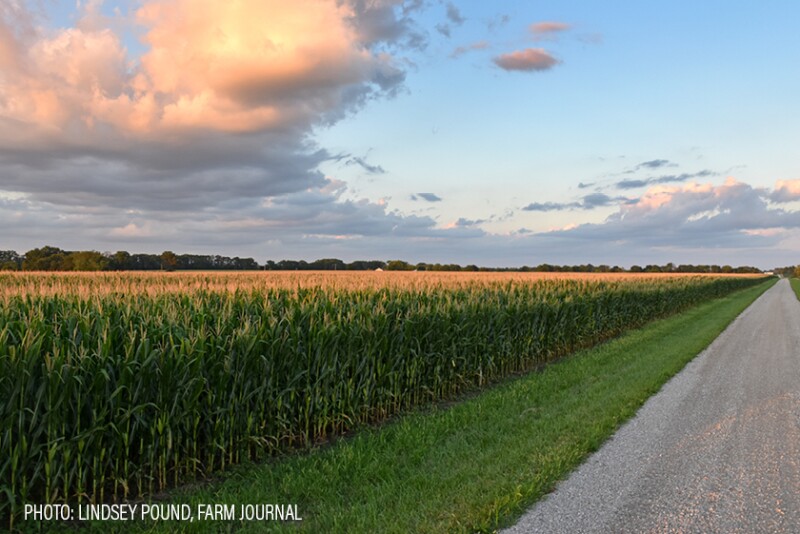The land market momentum that began in late 2021 accelerated into 2022 and was driven by competition for high quality cropland, reports Farmers National Company (FNC), Omaha, Nebraska. The was both record sales and overall increases in land values across the country.
Strong demand across all the country’s regions brought opportunities to landowners interested in capitalizing on the current land market. Aggressive land buyers continue to drive competition through public/online auction methods, giving us a true market value in those specific areas, the company states.
The results at these auctions set records in several states and have increased year-to-year values between 20%t to 34% acrossCorn Belt states, according to the Kansas City Federal Reserve.
FNC reports this year’s land rush resulted in a new record sales volume of $766 million during 2022. This exceeds the previous record set in 2021 of $750 million. Most of these sales came through competitive auction methods (76%) with increases in both total transactions and acres sold.
“What we are seeing is a true supply/demand scenario. There are simply more buyers willing to bid on the limited amount of land coming to the market. Current commodity markets and strong cash rents provide buyers with the necessary returns to meet their investment criteria while giving them the opportunity to expand operations or add land to their investment portfolio,” explains Paul Schadegg, Senior Vice President of Real Estate Operations for FNC. “We anticipate these values will remain strong coming into the new year with continued strength in the ag economy although we may see less and less of the record sales.”
Who are the land buyers? FNC reports seeing the traditional local farmer-operator as the successful buyer of farmland 75% of the time.
“With that being said, land investors are certainly part of the equation as they have been active bidders at most sales to a point that has set the floor on values. While the investor may not always be the final buyer, they are part of the competition driving the values higher,” Schadegg says. “We also expect this trend to continue as many investors see the long-term value of farmland, the opportunity to diversify investments and the value of land as a hedge against rising inflation.”
What factors will continue to drive the land market or slow its growth?
“Commodity markets will continue to be the main driver in land value,” he states. “When coupled with the supply/demand scenario, the outlook for continued strong land values remains strong moving into 2023.
However, we are cautious as interest rates continue to rise and inflation becomes a large factor in cropping inputs. These factors have the impact to decrease net farm income, erode operator equity and subsequently pressure farmland value,” Schadegg notes. “So, we sit at a somewhat precarious point in time where opportunity exists for both land sellers and buyers but is dependent on the continued strength of the agriculture economy to stabilize or grow.”

